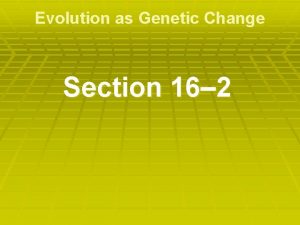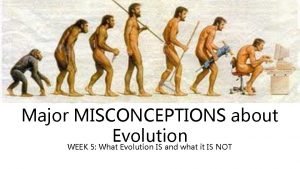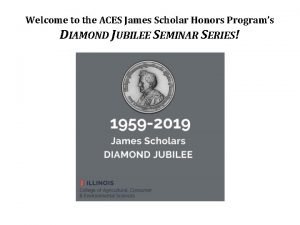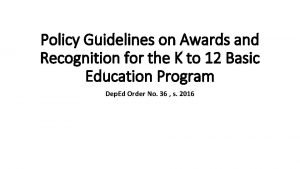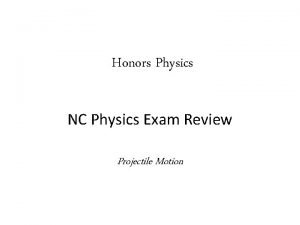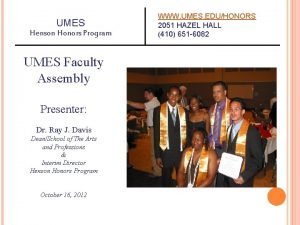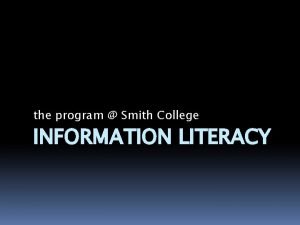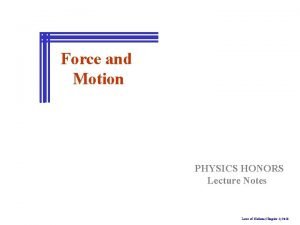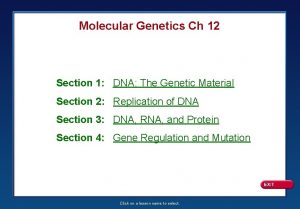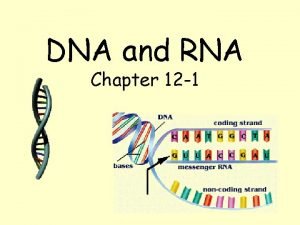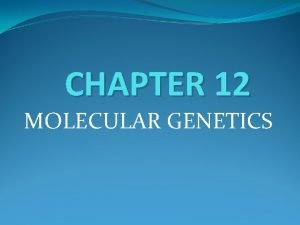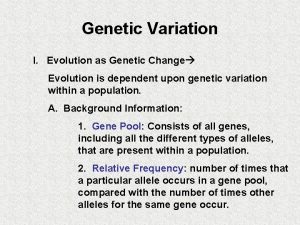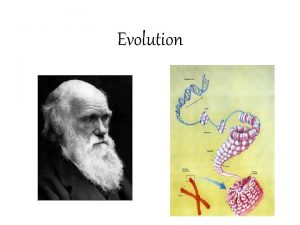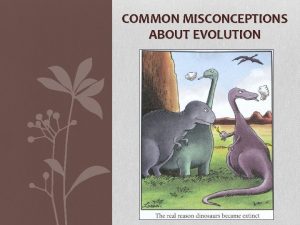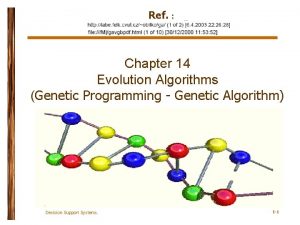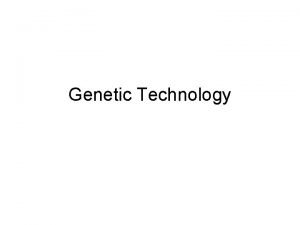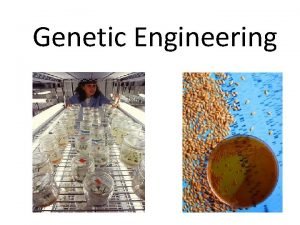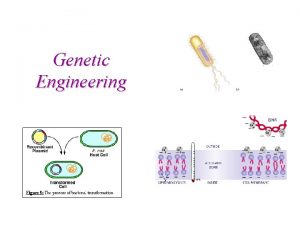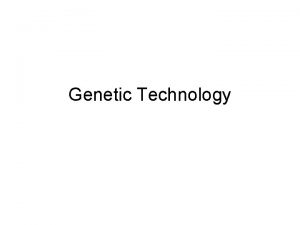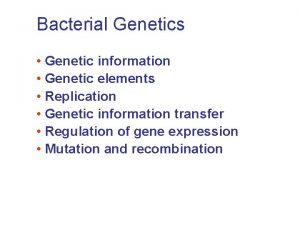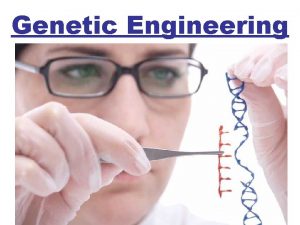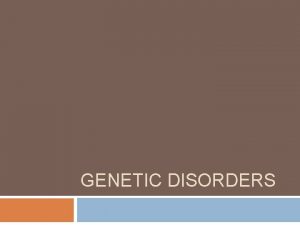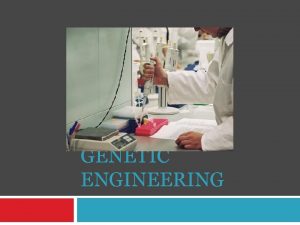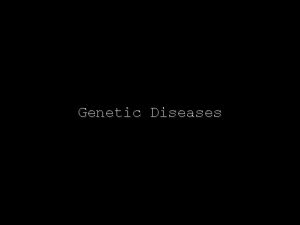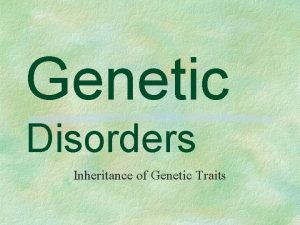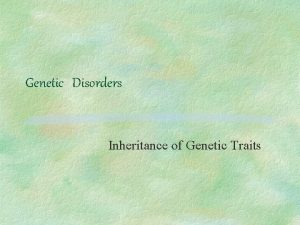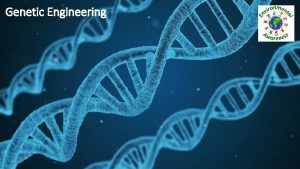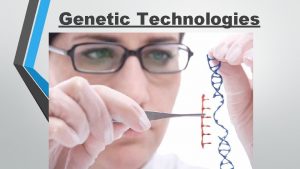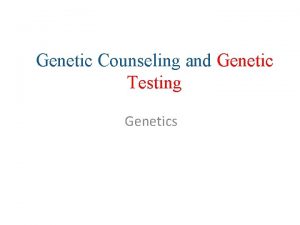Evolution Chapter 16 honors How Common Is Genetic















































- Slides: 47

Evolution Chapter 16 honors

How Common Is Genetic Variation? Many genes have at least two forms, or alleles. All organisms have genetic variation that is “invisible” because it involves small differences in biochemical processes. An individual organism is heterozygous for many genes. Copyright Pearson Prentice Hall

Variation and Gene Pools A population is a group of individuals of the same species that interbreed. A gene pool consists of all genes, including all the different alleles, that are present in a population. Copyright Pearson Prentice Hall

The relative frequency of an allele is the number of times the allele occurs in a gene pool, compared with the number of times other alleles for the same gene occur. Relative frequency is often expressed as a percentage, and it is not related to whether an allele is dominant or recessive.

Sample Population Frequency of Alleles Gene Pool for Fur Color in Mice allele for brown fur Copyright Pearson Prentice Hall allele for black fur

In genetic terms, evolution is any change in the relative frequency of alleles in a population. Sources of Genetic Variation The two main sources of genetic variation are mutations and the genetic shuffling that results from sexual reproduction. Copyright Pearson Prentice Hall

Mutations A mutation is any change in a sequence of DNA. Mutations occur because of mistakes in DNA replication or as a result of radiation or chemicals in the environment. Mutations do not always affect an organism’s phenotype. Copyright Pearson Prentice Hall

Gene Shuffling Most heritable differences are due to gene shuffling. Crossing-over increases the number of genotypes that can appear in offspring. Sexual reproduction produces different phenotypes, but it does not change the relative frequency of alleles in a population. Copyright Pearson Prentice Hall

Single-Gene and Polygenic Traits The number of phenotypes produced for a given trait depends on how many genes control the trait.

A single-gene trait is controlled by one gene that has two alleles. Variation in this gene leads to only two possible phenotypes. Copyright Pearson Prentice Hall

Many traits are controlled by two or more genes and are called polygenic traits. One polygenic trait can have many possible genotypes and phenotypes. Height in humans is a polygenic trait. Copyright Pearson Prentice Hall

• A bell-shaped curve is typical of polygenic traits. • A bell-shaped curve is also called normal distribution. Copyright Pearson Prentice Hall

16 -2 Evolution as Genetic Change Natural selection affects which individuals survive and reproduce and which do not. Evolution is any change over time in the relative frequencies of alleles in a population. Populations, not individual organisms, can evolve over time. Copyright Pearson Prentice Hall

Natural selection on single-gene traits can lead to changes in allele frequencies and thus to evolution. Copyright Pearson Prentice Hall

Natural Selection on Polygenic Traits How does natural selection affect polygenic traits? Natural selection can affect the distributions of phenotypes in any of three ways: directional selection stabilizing selection disruptive selection Copyright Pearson Prentice Hall

Directional Selection When individuals at one end of the curve have higher fitness than individuals in the middle or at the other end, directional selection takes place. Copyright Pearson Prentice Hall

Stabilizing Selection When individuals near the center of the curve have higher fitness than individuals at either end of the curve, stabilizing selection takes place. Copyright Pearson Prentice Hall

Disruptive Selection When individuals at the upper and lower ends of the curve have higher fitness than individuals near the middle, disruptive selection takes place. Copyright Pearson Prentice Hall

Genetic Drift What is genetic drift? • A random change in allele frequency Genetic drift may occur when a small group of individuals colonizes a new habitat. Individuals may carry alleles in different relative frequencies than did the larger population from which they came. Copyright Pearson Prentice Hall

Genetic Drift Copyright Pearson Prentice Hall

Copyright Pearson Prentice Hall

Genetic Drift Copyright Pearson Prentice Hall

Descendants Genetic Drift Population A Population B When allele frequencies change due to migration of a small subgroup of a population it is known as the founder effect. Copyright Pearson Prentice Hall

Evolution Versus Genetic Equilibrium The Hardy-Weinberg principle states that allele frequencies in a population will remain constant unless one or more factors cause those frequencies to change. When allele frequencies remain constant it is called genetic equilibrium. Copyright Pearson Prentice Hall

Evolution Versus Genetic Equilibrium Five conditions are required to maintain genetic equilibrium from generation to generation: • • • there must be random mating, the population must be very large, there can be no movement into or out of the population, there can be no mutations, and there can be no natural selection. Copyright Pearson Prentice Hall

16 -3 The Process of Speciation Copyright Pearson Prentice Hall

16 -3 The Process of Speciation Natural selection and chance events can change the relative frequencies of alleles in a population and lead to speciation. Speciation is the formation of new species. A species is a group of organisms that breed with one another and produce fertile offspring. Copyright Pearson Prentice Hall

What factors are involved in the formation of new species? The gene pools of two populations must become separated for them to become new species. Copyright Pearson Prentice Hall

Isolating Mechanisms As new species evolve, populations become reproductively isolated from each other. When the members of two populations cannot interbreed and produce fertile offspring, reproductive isolation has occurred. Copyright Pearson Prentice Hall

Behavioral Isolation Behavioral isolation occurs when two populations are capable of interbreeding but have differences in courtship rituals or other reproductive strategies that involve behavior. Copyright Pearson Prentice Hall

Geographic Isolation Geographic isolation occurs when two populations are separated by geographic barriers such as rivers or mountains. Copyright Pearson Prentice Hall

Temporal Isolation Temporal isolation occurs when two or more species reproduce at different times. Copyright Pearson Prentice Hall






Testing Natural Selection in Nature Studies showing natural selection in action involve descendants of the finches that Darwin observed in the Galápagos Islands. The finches Darwin saw were different, but he hypothesized that they had descended from a common ancestor. Copyright Pearson Prentice Hall

Copyright Pearson Prentice Hall

Copyright Pearson Prentice Hall

Peter and Rosemary Grant tested Darwin’s hypothesis, which relied on two testable assumptions: • For beak size and shape to evolve, there must be enough heritable variation in those traits to provide raw material for natural selection. • Differences in beak size and shape must produce differences in fitness, causing natural selection to occur. Copyright Pearson Prentice Hall

When food was scarce, individuals with large beaks were more likely to survive. Copyright Pearson Prentice Hall

Speciation in Darwin's Finches Speciation in the Galápagos finches occurred by: • • • founding of a new population geographic isolation changes in new population's gene pool reproductive isolation ecological competition Copyright Pearson Prentice Hall

Founders Arrive A few finches—species A—travel from South America to one of the Galápagos Islands. There, they survive and reproduce. Copyright Pearson Prentice Hall

Geographic Isolation Some birds from species A cross to a second island. The two populations no longer share a gene pool. Copyright Pearson Prentice Hall

Changes in the Gene Pool Seed sizes on the second island favor birds with large beaks. The population on the second island evolves into population B, with larger beaks. Copyright Pearson Prentice Hall

Reproductive Isolation If population B birds cross back to the first island, they will not mate with birds from population A. Populations A and B are separate species. Copyright Pearson Prentice Hall
 Specation
Specation Genetic programming vs genetic algorithm
Genetic programming vs genetic algorithm Genetic programming vs genetic algorithm
Genetic programming vs genetic algorithm What is the difference between genetic drift and gene flow
What is the difference between genetic drift and gene flow What is the difference between genetic drift and gene flow
What is the difference between genetic drift and gene flow Section 16–2 evolution as genetic change
Section 16–2 evolution as genetic change Chapter 3 geometry test
Chapter 3 geometry test Precalculus honors chapter 1 test
Precalculus honors chapter 1 test Common misconception about evolution
Common misconception about evolution Creighton university honors program
Creighton university honors program James scholar program
James scholar program Deped order no.36 s.2016
Deped order no.36 s.2016 Ucsb letters and science honors
Ucsb letters and science honors Physics semester 1 review
Physics semester 1 review Honors biology ecology test
Honors biology ecology test Uncle sam's toolbox
Uncle sam's toolbox Honors geometry quadrilaterals test
Honors geometry quadrilaterals test Honors earth science
Honors earth science Kuei honors chemistry
Kuei honors chemistry Honors math 3
Honors math 3 Hilton honors military program
Hilton honors military program Honors project
Honors project Honors biology properties of water lab
Honors biology properties of water lab Honors geometry parallel lines and transversals worksheet
Honors geometry parallel lines and transversals worksheet Tulane honors program
Tulane honors program Vyi physics
Vyi physics Honors biology unit 4 test
Honors biology unit 4 test Santa monica college honors program
Santa monica college honors program Chemistry unit 4 review answer key
Chemistry unit 4 review answer key Golden opulence sundae
Golden opulence sundae Math 3 honors
Math 3 honors Crystalline or amorphous
Crystalline or amorphous Honors chemistry summer assignment
Honors chemistry summer assignment Ft pierce central
Ft pierce central Mahurin honors college
Mahurin honors college Honors chemistry
Honors chemistry Honors algebra 2 final exam
Honors algebra 2 final exam Umes honors program
Umes honors program Latin honors smith college
Latin honors smith college Pathfinder honors answers
Pathfinder honors answers Physics honors notes
Physics honors notes Chapter 12 section 1 dna the genetic material
Chapter 12 section 1 dna the genetic material Concept mapping chapter 11 genetic disorders
Concept mapping chapter 11 genetic disorders Chapter 12 section 1 molecular genetics answer key
Chapter 12 section 1 molecular genetics answer key Chapter 12 molecular genetics
Chapter 12 molecular genetics Chapter 12 section 1 the genetic material
Chapter 12 section 1 the genetic material Chapter 12 dna the genetic material
Chapter 12 dna the genetic material Section 12-1 dna
Section 12-1 dna





